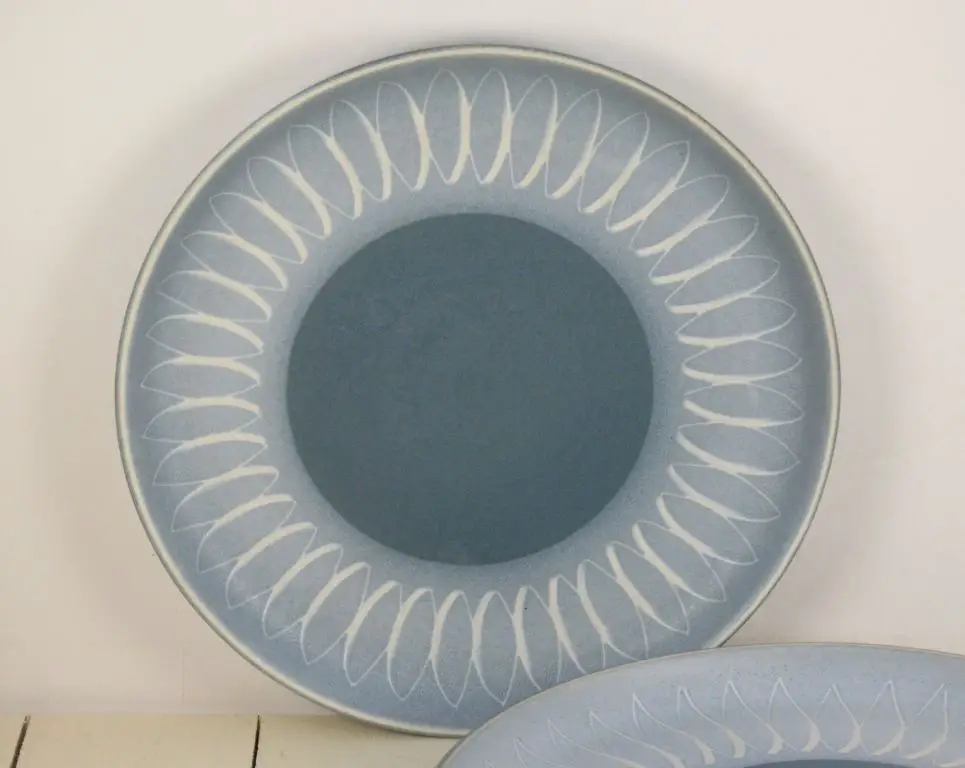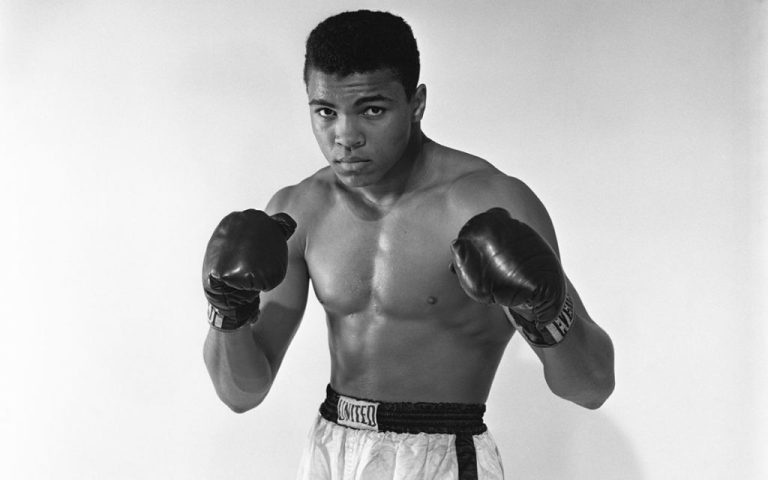How To Date Denby Pottery?
Denby Pottery has a long and storied history dating back to 1809 in Derbyshire, England. Originally founded as a small family business, it grew into one of the most well-known British pottery brands over the next two centuries (A Brief History of Denby Pottery). Denby became known for its high-quality stoneware using locally sourced clay. The company produced a variety of tableware and decorative items in styles ranging from Art Deco to Mid-Century Modern.
Some of Denby’s most popular lines over the years include Arabesque, Chevron, Linear, and Azure. Understanding how to identify and date Denby pieces is important for collectors and enthusiasts. The markings and designs can reveal approximate age ranges and historical context. With some key details, it’s possible to date Denby pottery to determine its origins and appreciation as an antique or vintage item.
Identify Key Markings
There are two main types of markings found on Denby pottery – impressed marks and printed marks. Impressed marks are stamped into the clay before firing and will have a recessed appearance. These are usually located on the bottom or back of a piece. Printed marks are added after firing using a decal and will sit on the surface of the glaze. These are typically found on the bottom.
The impressed marks indicate when a piece was made and which pottery it came from. Numbers and letters stamped into the clay denote the shape, pattern name, and year of production. For example, a mark like L679/3 would tell you a piece was made at the Denby pottery in England in 1979 from the pattern “Linen”.
Printed marks act more as logos and branding. You’ll find the Denby name, the words “England” or “Made in England”, along with design names and logos. These help identify the pattern but don’t give an exact date.
Learning to decode the impressed markings is key to accurately dating and attributing Denby pieces. Resources like https://pottery-english.com/bourne-denby-pottery-marks/ can help demystify the meaning behind the various shape, style, and date codes found on Denby pottery.
Date Ranges by Style Line
Some of Denby’s most well-known style lines include:
Arabesque (1960s-1980s)
The Arabesque style line was introduced in the 1960s and continued production through the 1980s. It featured an intricate repeating geometric pattern inspired by Islamic art. Pieces in this style often have an earthy, rustic look.
Cherry (1950s-1960s)
The vintage Cherry pattern by Denby dates back to the 1950s and 1960s. It features a handpainted motif of cherries and leaves. Cherry was inspired by the sour cherry orchards of Denby’s Derbyshire home.
Azure (1930s-1980s)
The Azure line debuted in the 1930s and was one of Denby’s longest running patterns, remaining in production into the 1980s. It featured a cool blue and white glaze reminiscent of Chinese porcelain. Azure pieces have an elegant, classic style.
Glaze Colors
Denby pottery is known for its vibrant glaze colors which have changed over the decades. In the early 1900s, the pottery primarily used natural earthenware glazes in greens, browns, and yellows. According to the Denby History page on the Denby USA website, the first colored glaze introduced was ‘Cottage Blue’ in 1928. This rich cobalt blue, along with later green and brown versions called ‘Manor Green’ and ‘Homestead Brown’, became Denby classics and remained in production for decades.
During World War II, colored glazes were discontinued and only plain brown glaze was produced due to rationing. After the war, Denby reintroduced bright glazes starting with ‘Electric Blue’ in the late 1940s which captured the cheerful spirit of peacetime according to the Decades of Denby timeline. More colors like ‘Arabian Sand’, ‘Petunia’, and ‘Regency Green’ were added over the next decades. Popular lines like ‘Azure’ and ‘Chatsworth’ introduced blue accent colors on white bodies throughout the 1970s-1990s.
In the 2000s, Denby started experimenting with more neutral tones like graphite and slate in lines like ‘Bourne’ and ‘Halo’. But the brand continues to issue vibrant pop colors in many of its collections. Long-standing classics like ‘Cottage Blue’ and ‘Regency Green’ remain available today alongside contemporary colors like ‘Blush’ pink and ‘Volcanic’ orange.
Backstamp Details
One of the key ways to identify the age of Denby pottery is through the details in the backstamp mark. Vintage pieces from the 1960s-70s era will be marked “Made in England” on the bottom. According to the source https://www.pinterest.com/pin/vintage-1970s-denby-ironstone-camelot-tea-for-two-set-in-good-etsy–502292164674969714/, Denby switched manufacturing to Hong Kong in the 1980s-90s, so pieces marked “Made in Hong Kong” can help date items to this period.
The backstamps also provide clues through the inscription format. Metric measures were adopted by Denby in 1970, so items using imperial units like “1 pint” or “1 quart” tend to date from the 1960s or earlier. Pieces using metric like “500ml” point to 1970 onward when the company switched to metric sizing.
Signature Styles

Denby Pottery is known for its distinctive shapes and novelty lines that make many pieces instantly recognizable. One of their most iconic shapes is the Moonstone line, first introduced in the 1960s. Moonstone features spherical, tear drop, and ring-shaped vessels with a striking two-tone effect. The creamy matte glaze on the interior contrasts beautifully with the glossy eggshell blue exterior. Moonstone’s freeform sculptural shapes embody the mid-century modern aesthetic that Denby became known for during this period.
Another standout novelty line is Ode, designed by Gill Pemberton in the 1970s. Ode features eccentric angular vessels with names like Witchiepoo and Orinoco inspired by fictional characters. The hand-thrown shapes have an artsy, whimsical flair with their exaggerated spouts and handles. Ode was initially released in earthy hues like brown, green, and yellow before expanding into bolder colors in the 1980s like pink, teal, and purple. Ode remains one of Denby’s most collectible lines for its playful, funky designs.
Design Motifs
Denby’s handcrafted stoneware features iconic design motifs that have evolved over the decades.1 Floral patterns are a signature look, with stylized flowers and leaves ornamenting many pieces. Frequent botanical motifs include blossoming branches, flowering vines, and leafy garlands.2
Geometric shapes also define many Denby designs. These precise patterns showcase triangular, circular, rectangular, and diamond-shaped graphics. Abstract looks offer another motif, with freeform squiggles, lines, and curves imparting a contemporary flair.
Tracing how Denby’s motifs have changed through the years provides helpful clues for identifying when a piece was made. The style lines, glazes, and backstamps also aid dating Denby pottery, as covered in other sections.
Makers Marks
Individual decorators at the Denby Pottery often marked pieces with their own personal stamps or markings known as “Makers Marks.” These can usually be found on the bottom or side of a piece and will commonly feature the decorator’s initials, full name, or symbols unique to that decorator.
According to Bourne Denby Pottery Marks, some well known Denby decorators include GW for George Woolliscroft, SW for Stuart Wilson, and DB for David Yemm. Their personalized Makers Marks help collectors identify who decorated specific vintage Denby pieces.
The marks are typically small in size but can reveal insights into the history and provenance of a given Denby pottery item. Learning to recognize the Makers Marks of different decorators can aid Denby collectors in dating and valuing pieces based on the signature style and reputation of the artisan.
Authentication Resources
When trying to authenticate and date Denby pottery, there are some helpful resources to consult. Two key reference guides for identifying markings are Denby Pottery 1809-1997 by David Harper and Denby Pottery: An Illustrated Guide by Martin Mycock and Robert Copeland. Both books contain photos of various Denby pieces and information on how to date them based on style, glaze color, markings, and makers’ marks.
Another good resource is to connect with knowledgeable Denby collectors through online groups and forums. The Denby Collectors Club on Facebook has over 4,000 members who can help identify unusual or hard to date pieces. The Denby Collectors Forum is also active online. Long-time collectors in these groups have amassed extensive knowledge from studying and cataloging Denby pieces over decades.
By cross-referencing collector resources like reference guides and online forums with the markings on an individual piece, Denby pottery can be accurately dated and authenticated.
Summary
Denby Pottery has a long and rich history spanning over 100 years of production in England. We covered the major eras and style lines ranging from the early 1910s Art Deco pieces to the mid-century retro lines. Key details like backstamps, glaze colors, and design motifs act as clues for identifying when a Denby piece was made.
For those looking to learn more, consult collector’s guides focused on Mid-Century and Art Deco ceramics. Also connect with other Denby collectors online through forums and groups where you can post pictures for help with identification. Understanding the origins and rarity of your pieces will help maintain their value and appreciation over time.
With some dedicated research, the markings and characteristics of Denby Pottery come together to tell the story of when and how a piece was made. Pay attention to the subtle details and you’ll become an expert collector in your own right.




